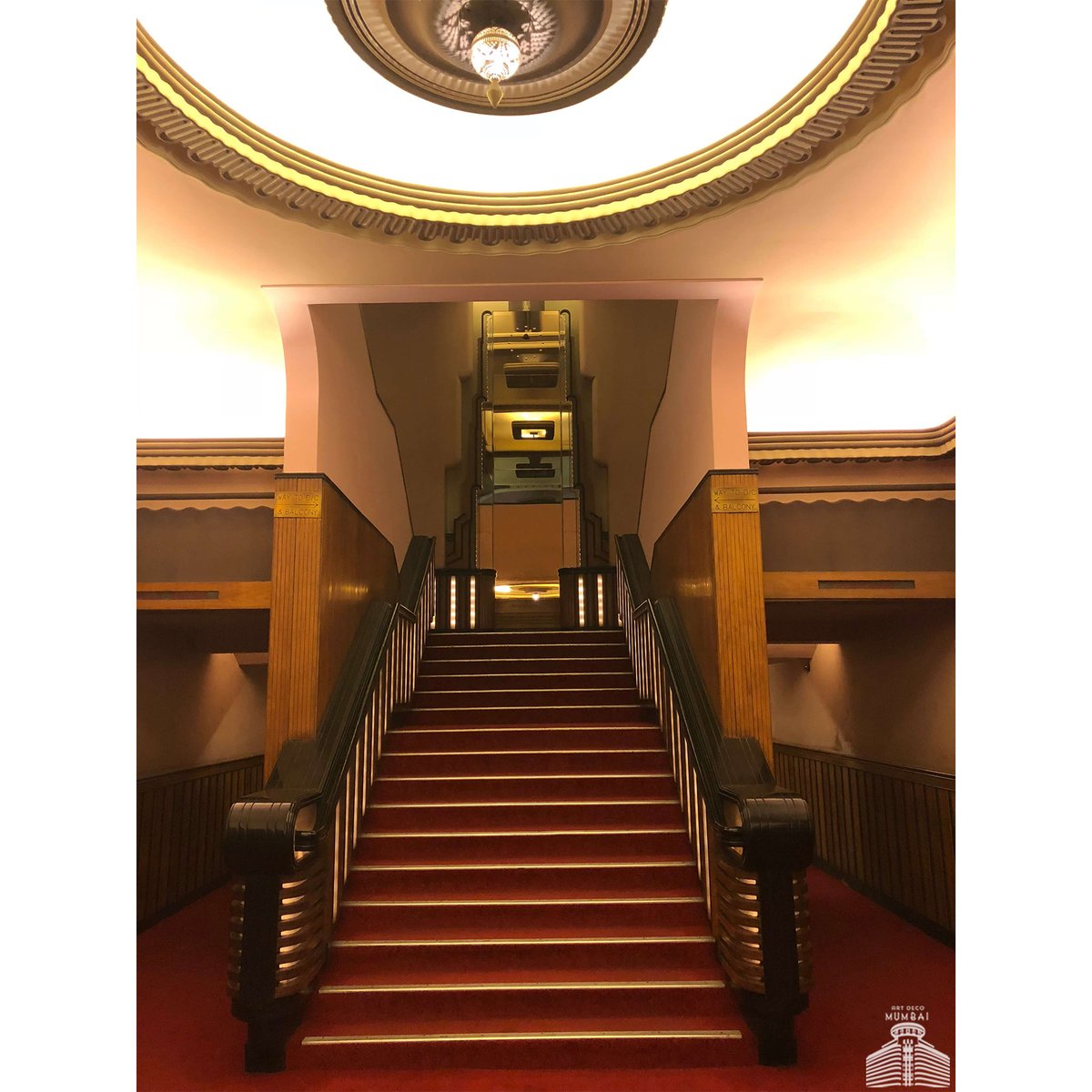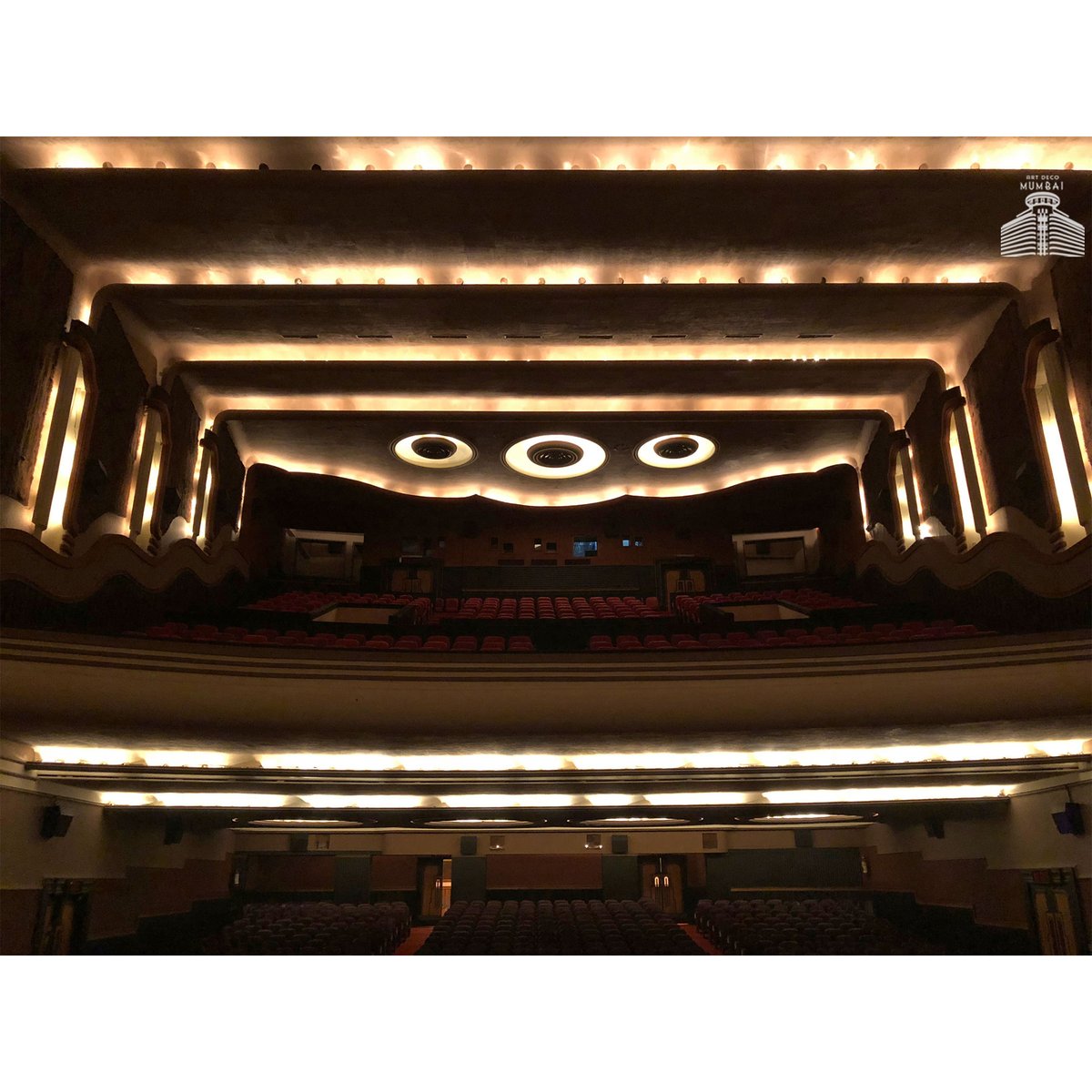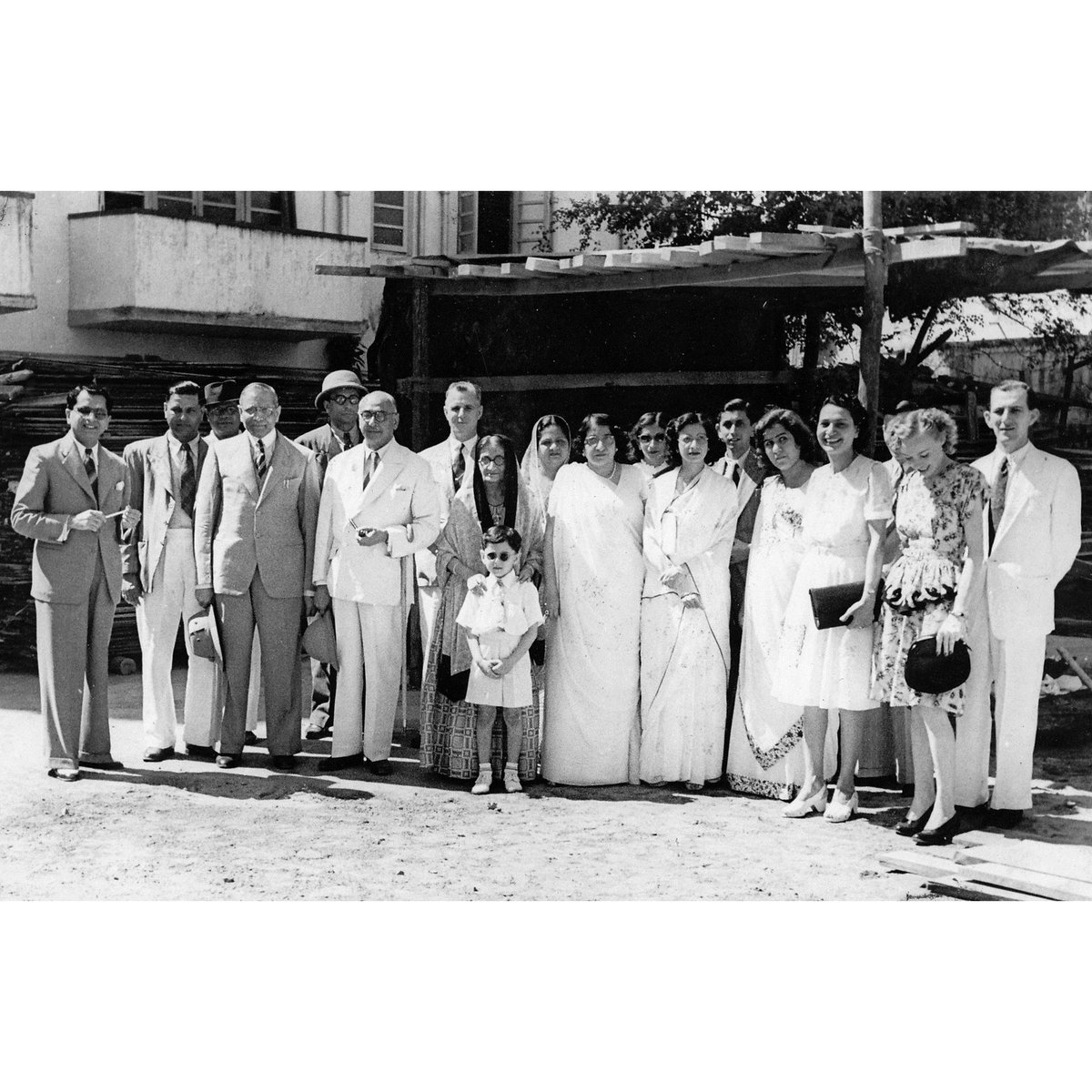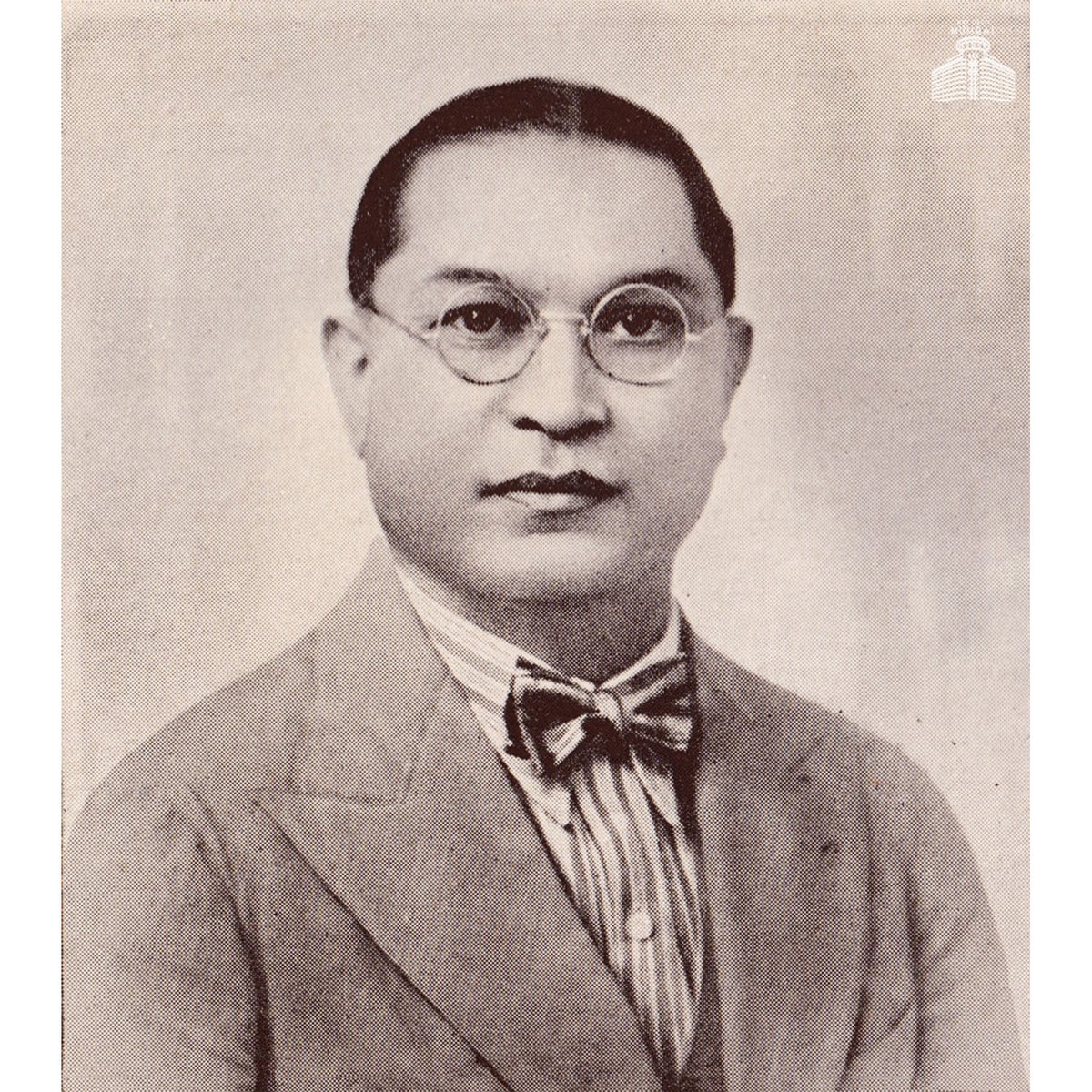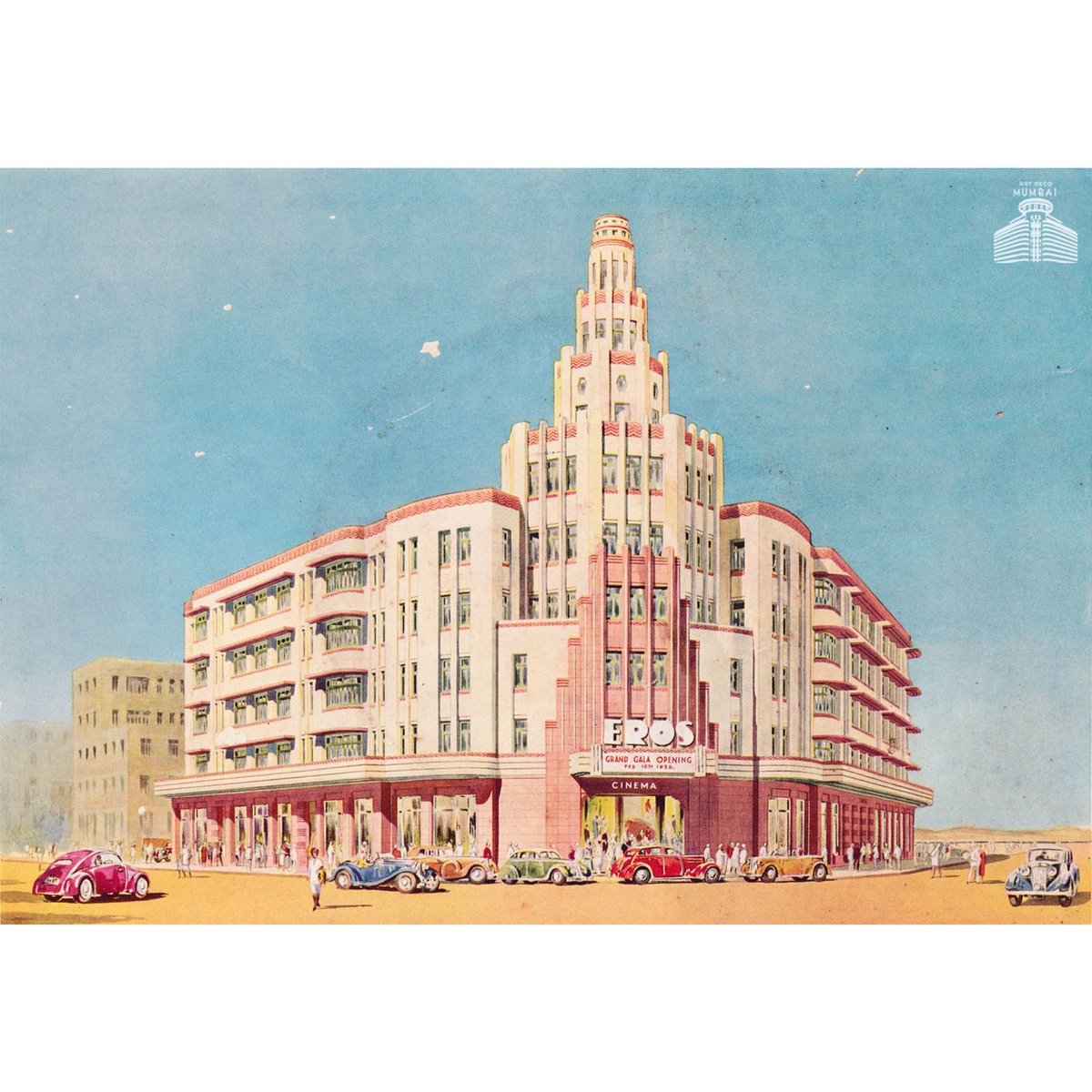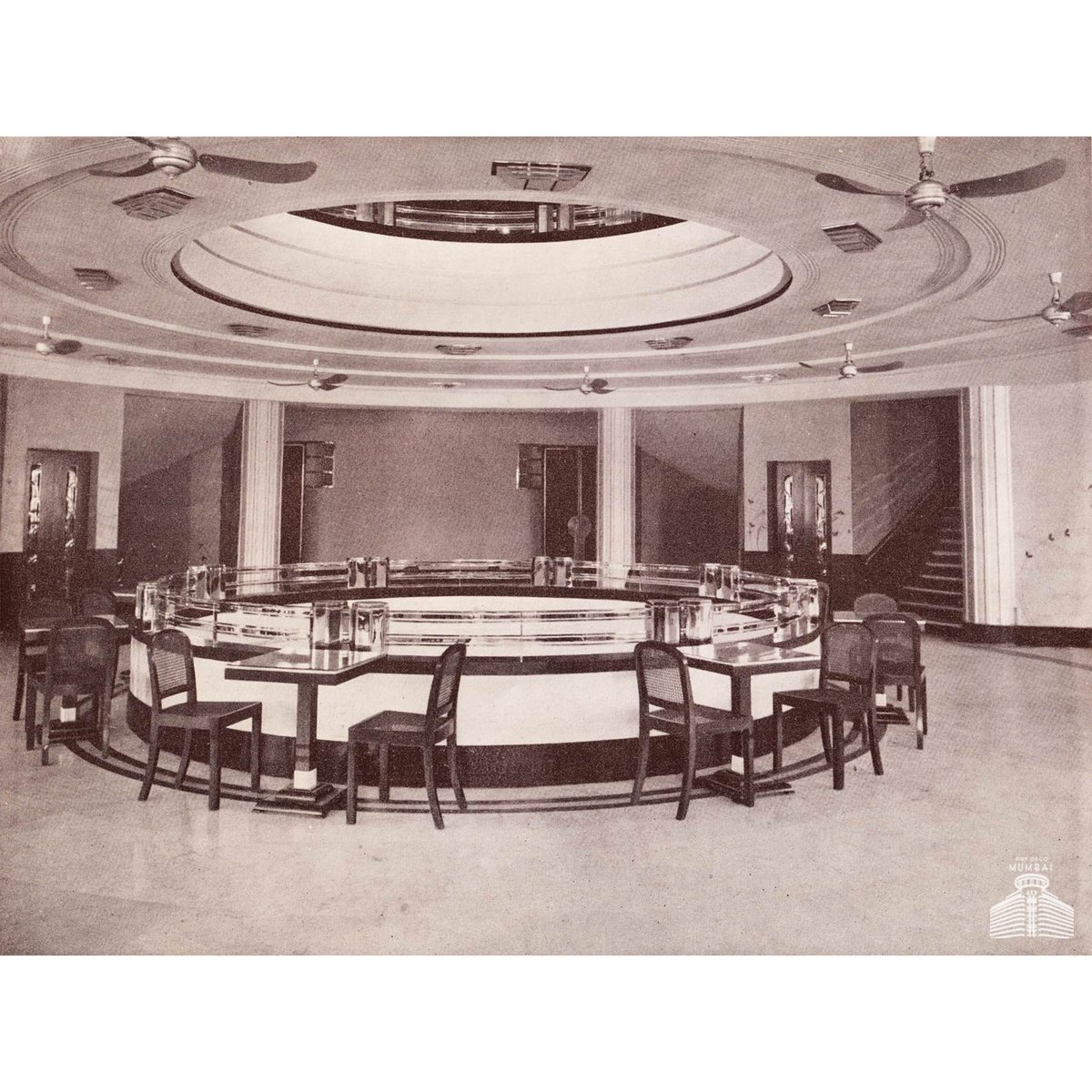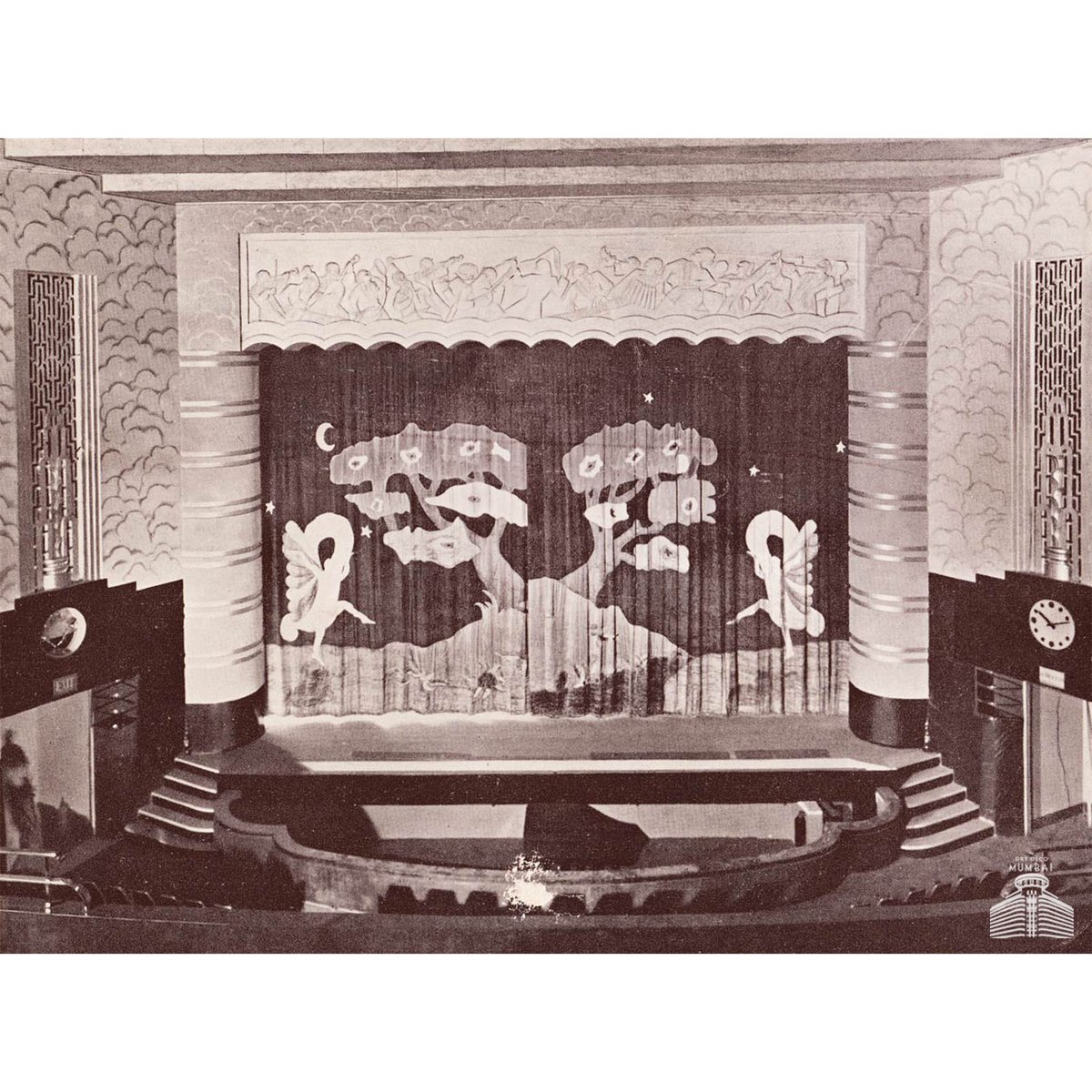Rajjab Mahal, Oval, 1936 - The curious case of the mullion & transom . Architects of that time took ownership for the overall design sensibility of the building. Apart from the facade, common spaces like the compound, compound walls, staircases, lobby, grilles, flooring, 






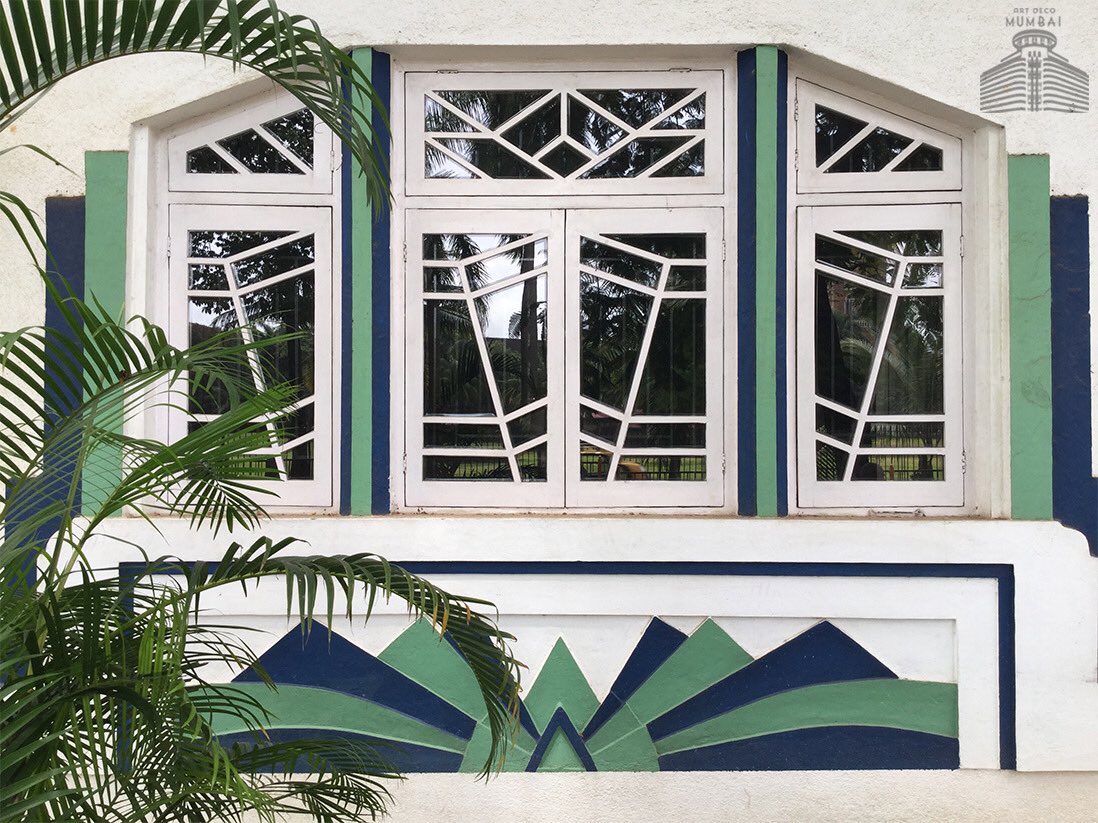
balconies and windows exhibited a harmonious aesthetic reflected through similar patterns, materials or the use of colours, all subtly pleasing to the eye. The diagonal mullion and horizontal transom in the stunning windows at Rajjab are a great example. They serve no purpose of
supporting the window frame but hold the glass panes in place. It's a visual element thoughtfully put in place by architect Merwanji Bana & Co. in consonance with the design patterns on the facade. Did you know that already? Sliding aluminium windows anyone?
#WindowDesign
#WindowDesign
• • •
Missing some Tweet in this thread? You can try to
force a refresh



